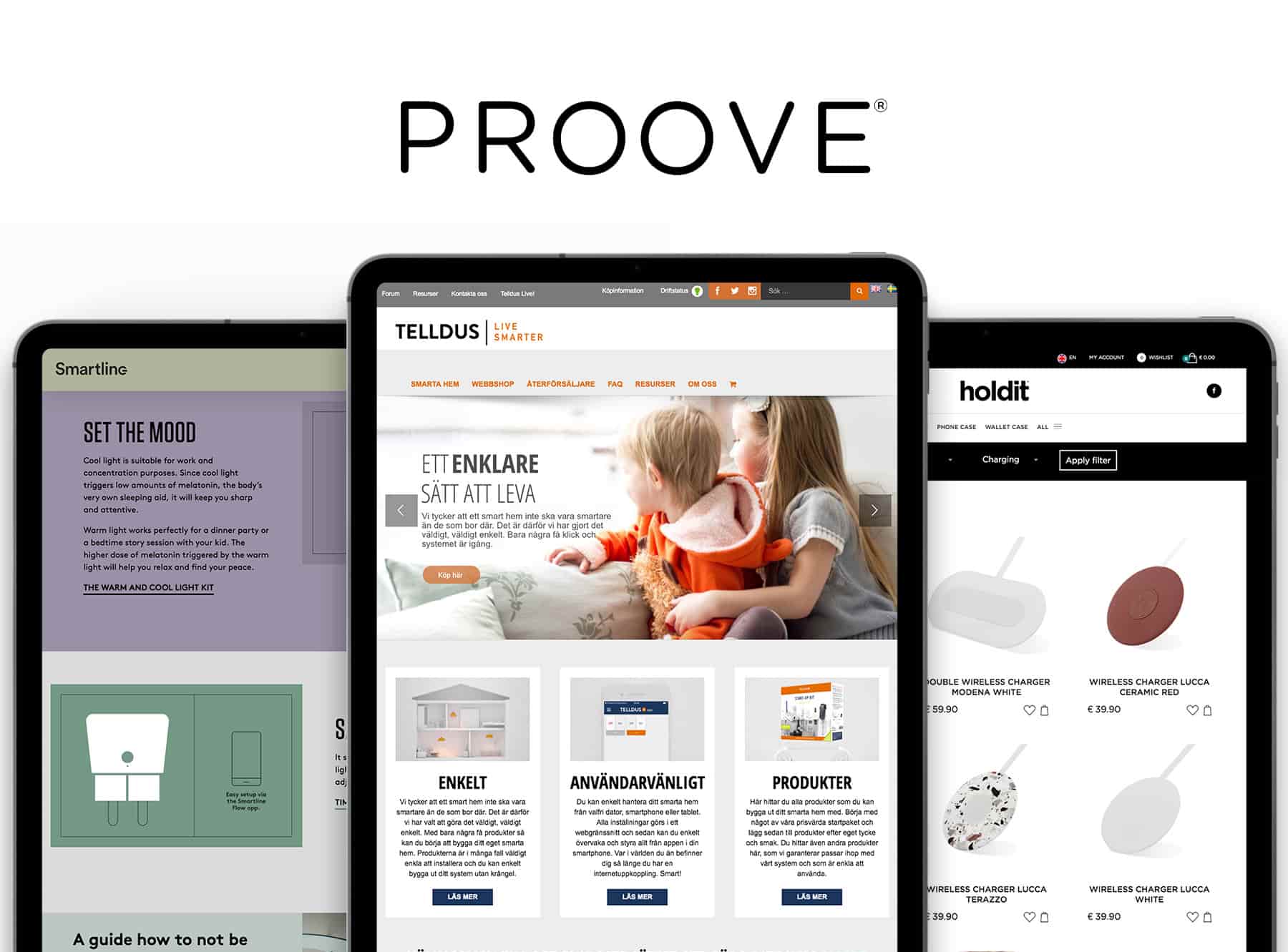We sat down with Virginie Blot, product experience management (PXM) evangelist at Akeneo to discuss all things product and customer experience.
We’re going to run through the top 5 takeaways to get you up to speed on the role of PXM in building meaningful relationships with your customers.
Product Experience Management
1: The commerce landscape is evolving—rapidly. Buyer profiles are shifting and an increasing proportion of your shoppers are digital natives who grew up with iPhones in their back pockets. Sales are also originating in new sources such as marketplaces and social media. The point being, there are so many trends that businesses are being forced to react to at speed, to satisfy customers. To respond in today’s ecosystem, marketers and commerce teams need to move from simply managing product data to crafting emotional product experiences that drive conversions and reduce returns. And that’s where PXM comes in…
2: PXM is an emerging practice and category of business application that adapts to what your customers expect. It’s the science behind delivering product information in context, and adapting by channel and location to match the buying experience at every touchpoint. Understanding the type of product experience buyers expect is the foundation for any great customer experience. After all, each channel has its own set of rules—and the experience needs to be tailored as a result. In the words of Virginie, “There’s no one experience to rule them all”.
3: In terms of transforming products into experiences, for B2B this is largely down to leveraging the power of assets (images, videos) to provide inspirational and educational content. For B2C, PXM allows you to share your values and personality with your customers. And this is something that the millennial demographic—in particular—places value on.
Check out our PIM case study with Proove to see how we transformed its CX and internal processes with Akeneo
4: It can often be tempting to associate product information solely with eCommerce. But shopping is a complex journey. Someone may start the process on a mobile app, then visit a physical store, before making the final purchase on the eCommerce site. Brick and mortar most certainly isn’t dead—it provides you with the opportunity to share your values and connect with customers in new ways. For this reason, an agnostic approach must be taken towards product information, which will also allow more teams across your business to contribute to the PXM strategy.
5: The debate around customer experience is no longer a question of physical vs. digital. Successful businesses understand the need to add value across all touchpoints, wherever your consumers are. And a surefire way to do that is by focusing on the relationship your customers build with your products throughout the purchasing cycle: your product experience management.
Contact us to learn about growing conversions, loyalty and efficiencies with a PXM strategy!






